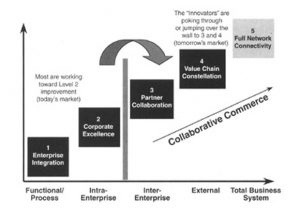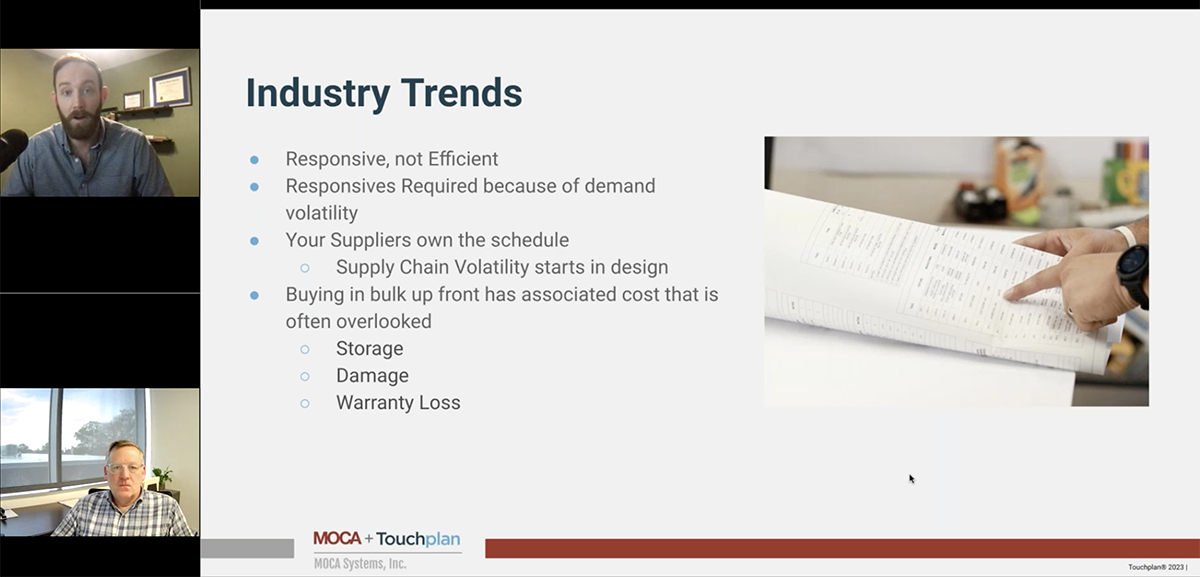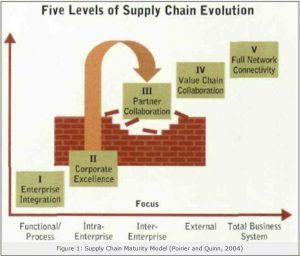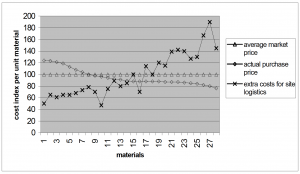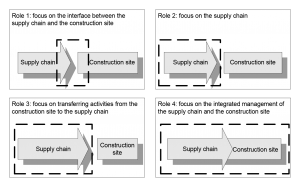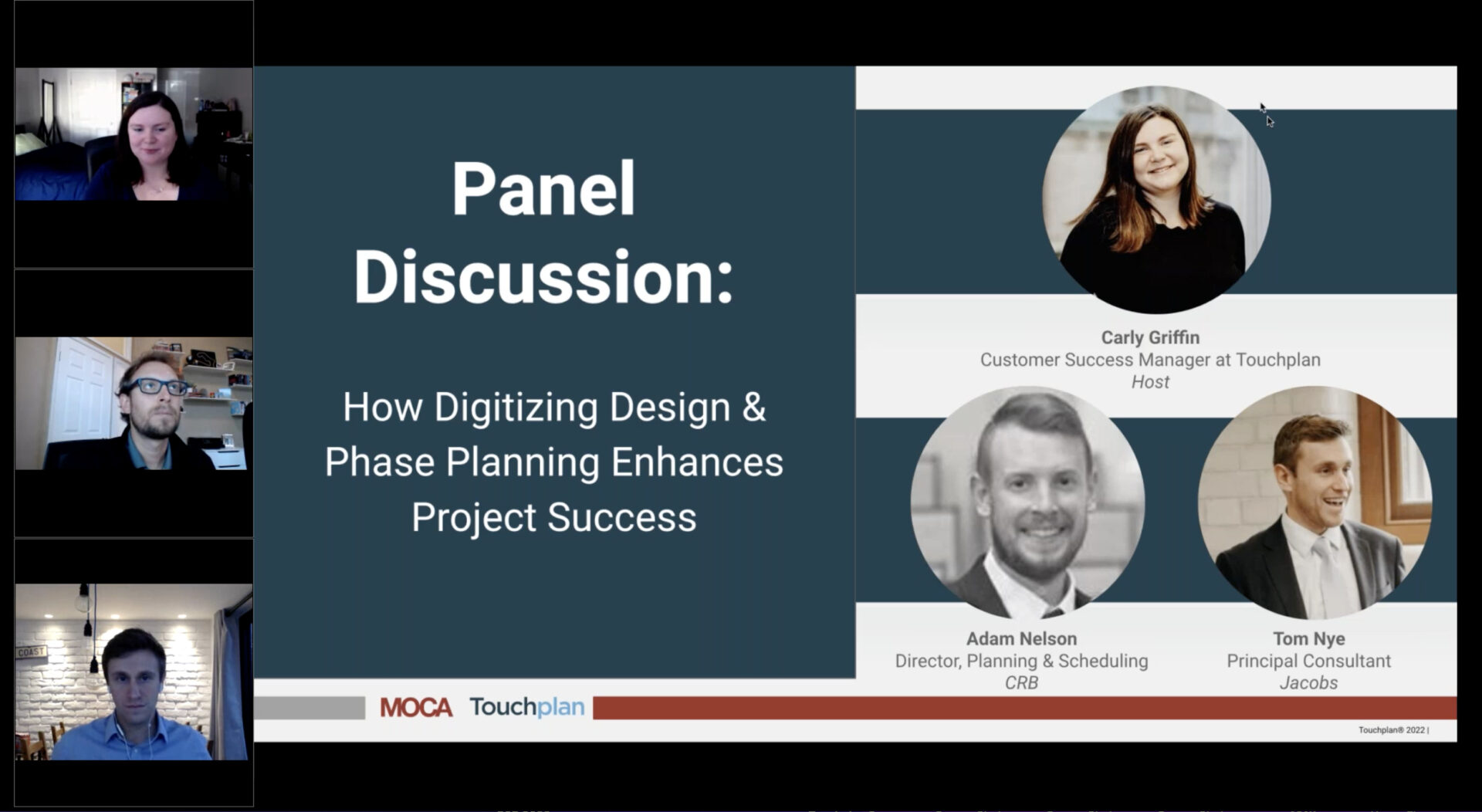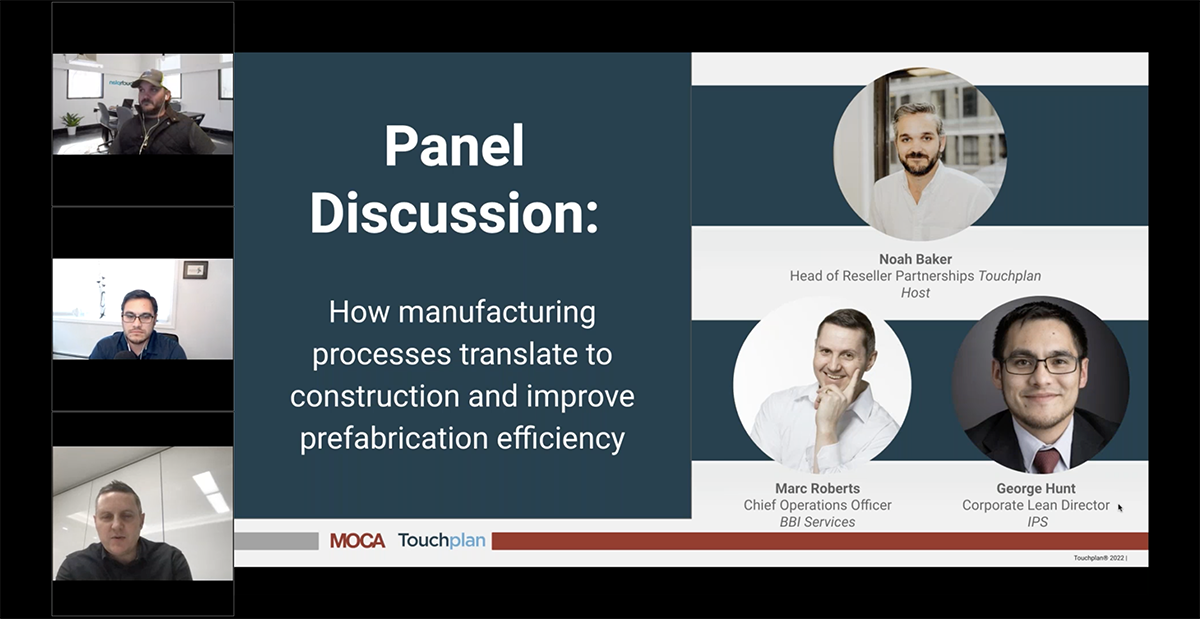I started in construction in the 1980s. There weren’t very many women in the business, but at the same time, I didn’t perceive a lot of limitations. It can still be intimidating and challenging today, but the industry is more open than in 1985. While women still face limitations, I think inclusivity in the construction industry is being addressed more candidly today.
Within the industry, there remains a challenge of feeling accepted or being left out. Currently, 8 out of 10 women working in construction feel this way today, even though companies recognize the value women bring to the process.
Progress
Construction is an honorable, profitable, and rewarding career.
Increasingly, women start from the construction trailer or as detail architects and become leaders in their own design and construction companies. So let’s attract more young women to the industry! How?
Start early. The industry needs to start earlier, and we should make it a collaborative effort. Owners, Project Managers, Contractors, Industry Organizations, and Trades could begin outreach when young women are in high school or middle school to share about the fantastic opportunities in construction. Share the following benefits:
- Good pay. One area of enticement to focus on in the construction industry is that the wage gap between men and women is fairly non-existent. NAWIC just published an article stating that women earn virtually as much as men (99.1%), which is one of the smallest gender pay gaps in the U.S. Currently, 13% of construction firms are women owned.
- Leadership potential: Women comprise 11% of the total construction workforce. 7.5% of construction managers are women. While the statistics on the surface could be better, it’s an opportunity for firms to mentor women into leadership roles in the field, not just the office. Providing women the opportunity to work directly in the field on construction projects is where they can earn some of the best experience. Presently, 87% of women work solely in office positions.
When you add in the excitement of the art of building, good pay, and a challenged labor market, it proves that a career in construction could be just as rewarding as other professional career track.
Resources
The National Association of Women in Construction (NAWIC) is a phenomenal organization for women working in construction. They offer a wealth of career development and advancement resources. But beyond NAWIC, organizations like the Association of General Contractors(AGC), the Construction Management Association(CMAA), the Association of Builders & Contractors(ABC), and several others offer lots of support.
In terms of developing the next generation, the ACE Mentoring Program and Girls Inc., are phenomenal institutions that introduce young people to careers in Construction, Development, and other STEM fields.
It’s Time to Act
Leaders within the design and construction industry have a fantastic opportunity to refine the industry’s brand. Somewhere along the way, construction became perceived as an industry one went to because they failed at something else. Nothing could be further from the truth. I love the construction industry and have worked with highly talented people from the field to management. Construction is challenging, an art, and exceedingly rewarding!
I was fortunate enough as a child to be surrounded by bright, talented, unique women who told me I could do anything I wanted. That is the message we as an industry must deliver to young women. They can join the construction profession and have an extremely bright and rewarding career. Let’s continue the momentum!


